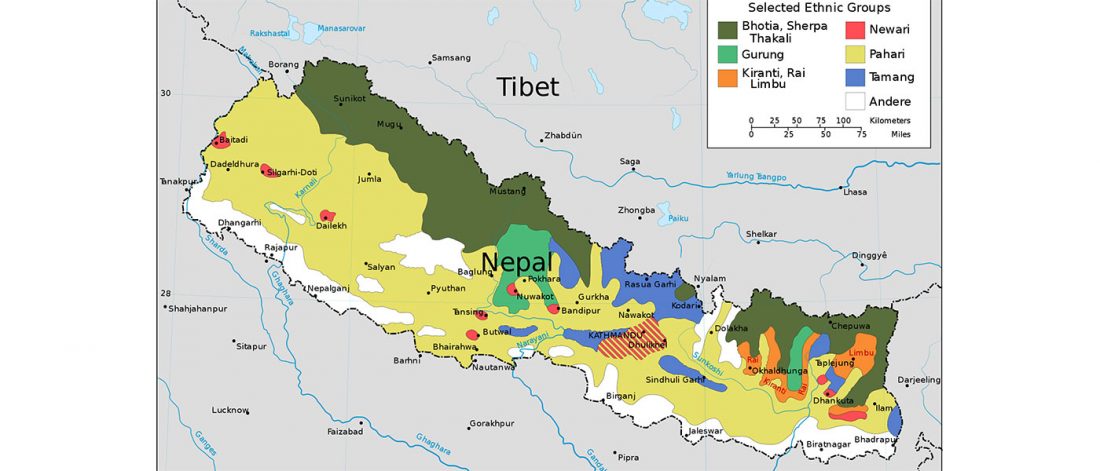Interesting new paper Mixing metaphors: sedentary-mobile interactions and local-global connections in prehistoric Turkmenistan, by Rouse & Cerasetti, Antiquity (2018) 92:674-689.
Relevant excerpts (emphasis mine):
… Read the rest “BMAC: long term interaction between agricultural communities and steppe pastoralists in Central Asia”The Murghab alluvial fan in southern Turkmenistan witnessed some of the earliest encounters between sedentary farmers and mobile pastoralists from different cultural spheres. During the late third and early second millennia BC, the Murghab was home to the Oxus civilisation and formed a central node in regional exchange networks (Possehl 2005; Kohl 2007). The Oxus civilisation (or the Bactria-Margiana Archaeological Complex) relied on intensive agriculture to support a hierarchical society and specialised craft production of

